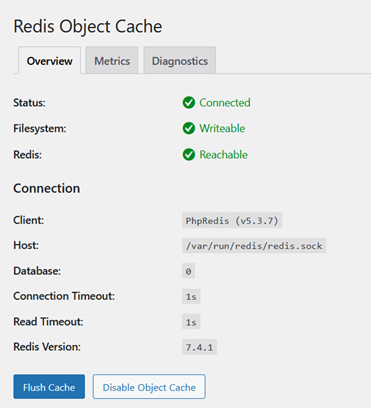As recently announced in a previous article I wanted to write a couple of guides on how to mitigate Spectre and Meltdown vulnerabilities in GNU/Linux and UNIX environments. It is always a good and I hope a standard practice to have your systems patched and if they aren’t for whatever the reason (that legacy thing […]

How to mitigate Spectre and Meltdown on a Lenovo T430s with FreeBSD

How to work with Nessus scan results
Working with Nessus scan results is easy. How do I know that? Because I’ve worked with this tool for some time and although I do not know every corner of the things I’ve been doing some scans and solving quite a few deffects on systems that were labeled as ‘production ready’ when they clearly weren’t. […]

Abandon Linux. Move to FreeBSD or Illumos.
If you use GNU/Linux and you are only on opensource, you may be doing it wrong. Here’s why. Is your company based on opensource based software only? Do you have a bunch of developers hitting some kind of server you have installed for them to “do their thing”? Being it for economical reasons (remember to […]
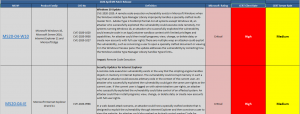
Microsoft’s Patch Tuesday – April 2020
For the first time here at adminbyaccident.com I will share some information about Windows patching that I hope can shed some light and help people on deciding what to patch and how quickly to patch. Digesting Microsoft’s Patch Tuesday releases is always tricky. The amount of information is overwhelming and since almost every company on […]
How to set time and date in FreeBSD
In a FreeBSD system one may need to adjust date and time, specially if one has opened a VPS instance in some hosting provider. The system already provides a list of time zones. Just look around in the /usr/share/zoneinfo folder and subfolders to find the one that fits your needs. Just remember this will have […]
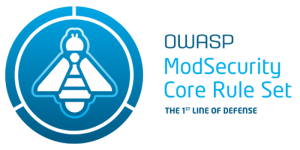
How to install ModSecurity 2 on FreeBSD
WARNING: A newer version of ModSecurity is available. The article to install ModSecurity 3 on FreeBSD can be found here. Will be published on March 1st, 2021. If you find the articles in Adminbyaccident.com useful to you, please consider making a donation. Use this link to get $200 credit at DigitalOcean and support Adminbyaccident.com costs. […]

100 articles mark at Adminbyaccident.com
This is the 100th post here at Adminbyaccident. Little I knew when I starting posting that I would reach the ‘impossible’ mark of the 100 articles. Sure, some of them are not very interesting, nor instructive. Three years ago I wasn’t the same and I hope in three years time I’m still here and kicking. […]
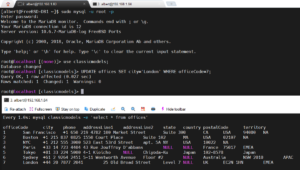
How to setup MariaDB master-slave replication on FreeBSD
Having all the data in just one server is not the best idea. Especially when talking about a database server. Spreading information in several boxes is a good measure to prevent data loss but also for performance. A MySQL/MariaDB master-slave replication scheme is often used as a good solution for both, data redundancy and speed. […]
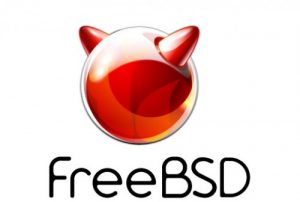
How to install software in FreeBSD with pkgng
The pkgng is the package management system in FreeBSD. It is used to install applications, and specific modules, libraries, etc. Nowadays you can select in between more than 25.000 thousand. Yes, twenty five thousand. The syntax to use is very intuitive and simple. As you may be already aware software comes in two forms. Source […]

Abandon Linux. How to install iocage to manage FreeBSD Jails
The iocage program is a python 3 piece created to manage FreeBSD Jails leveraging the underpinning ZFS file system on FreeBSD. As already explained on previous articles the FreeBSD operating system offers an OS-level virtualization system called Jails. And as described on past articles it can benefit administrators and developers alike. This is a simple […]
